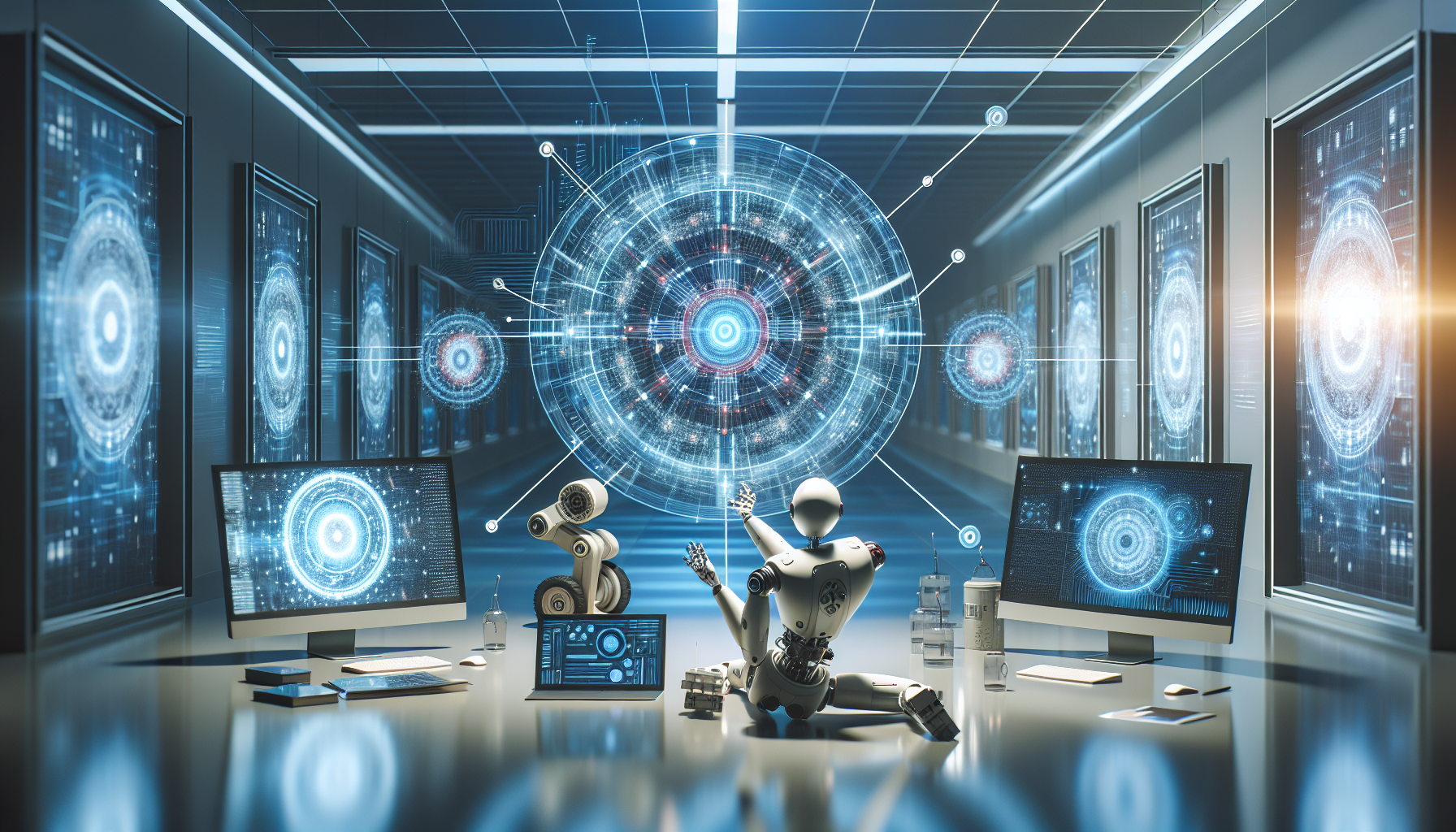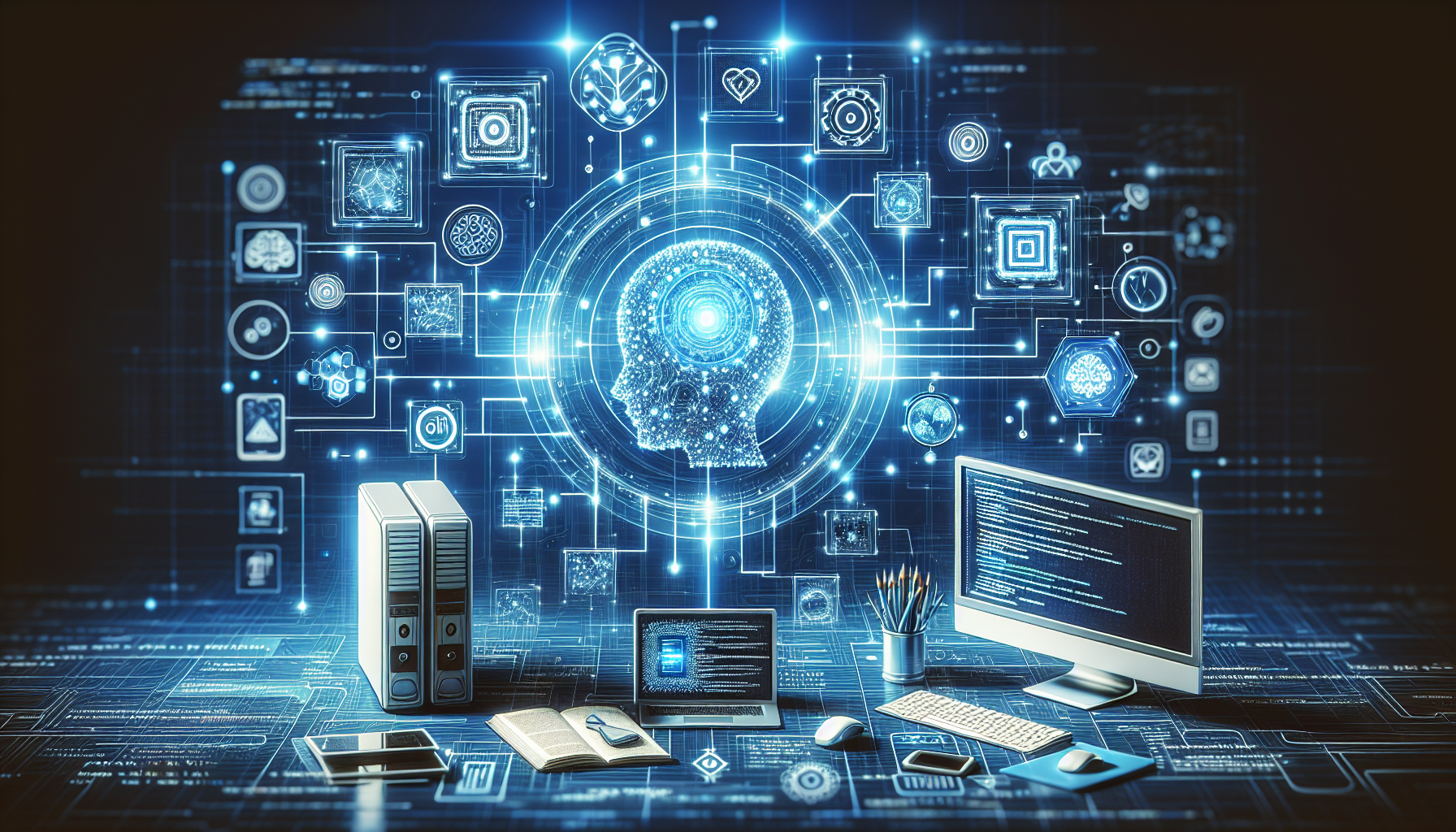
AI and Emotional Intelligence: A Journey Through History and Human Understanding
June 19, 2025
Artificial Intelligence has long captured the imagination of scientists, philosophers, and storytellers alike, but the quest to imbue machines with emotional intelligence presents a challenge as intricate as it is fascinating. This journey, one of understanding human emotions and replicating them in artificial systems, invites us to look back at the milestones that have shaped this field and to consider the implications of a future where machines might truly understand the human heart.
The roots of emotional intelligence in AI can be traced back to the early days of computing, when visionary thinkers dared to dream of machines that could transcend mere number-crunching and engage with us on a fundamentally human level. This vision was not so much about creating machines that could feel in the human sense, but rather about understanding how emotional intelligence could be encoded into algorithms to recognize, interpret, and even respond to human emotions.
It was during these nascent stages that researchers began to explore the profound connection between emotions and cognition. They recognized that emotions were not just ancillary to human intelligence but were integral to decision-making, communication, and social interaction. This realization sparked an interest in developing systems that could mimic these emotional processes, setting the stage for a new era in AI research.
One of the pivotal moments in this journey was the development of sentiment analysis tools, which allowed machines to process human language with an understanding of emotional context. These tools harnessed the power of natural language processing to detect sentiment in text, enabling computers to discern whether a sentence conveyed joy, anger, sadness, or other emotions. This breakthrough was a stepping stone, demonstrating that machines could indeed engage with emotional subtleties, albeit in a rudimentary form.
As the field evolved, the focus shifted from merely recognizing emotions to understanding their nuances. Researchers began to delve into the complexities of emotional expression, from vocal intonations to facial expressions, employing machine learning algorithms to interpret these signals. This shift marked a significant advancement, as it moved AI closer to the goal of nuanced emotional comprehension, akin to human interaction.
The progress in AI emotional intelligence is not just technical; it is deeply philosophical, challenging our understanding of what it means to be human. As machines become more adept at understanding human emotions, they force us to confront questions about the nature of consciousness and the essence of empathy. Can a machine, devoid of human experience, truly understand the depth of human emotion? Or is it merely simulating what it cannot feel?
Despite these philosophical quandaries, the practical applications of emotionally intelligent AI are vast and inspiring. From mental health support systems that offer empathetic conversations to customer service bots that can calm an irate caller with soothing responses, the potential for positive impact is immense. These applications remind us that while machines may never feel in the way humans do, they can certainly augment our emotional landscape, providing support, understanding, and even companionship.
Looking ahead, the quest to imbue machines with emotional intelligence continues to inspire both awe and introspection. As AI systems become more sophisticated, the line between human and machine interaction blurs, challenging us to rethink our relationships with technology. This journey is not just about building smarter machines; it is about enriching the human experience, creating spaces where technology and humanity coexist harmoniously.
The story of AI and emotional intelligence is ultimately one of hope and possibility. It is a testament to human ingenuity and our relentless pursuit of understanding. As we stand at the threshold of new discoveries, we are reminded of the power of curiosity and the transformative potential of technology. The question remains: how will we shape this evolving relationship, and what new horizons will we uncover in our quest to connect more deeply with ourselves and the world around us?


